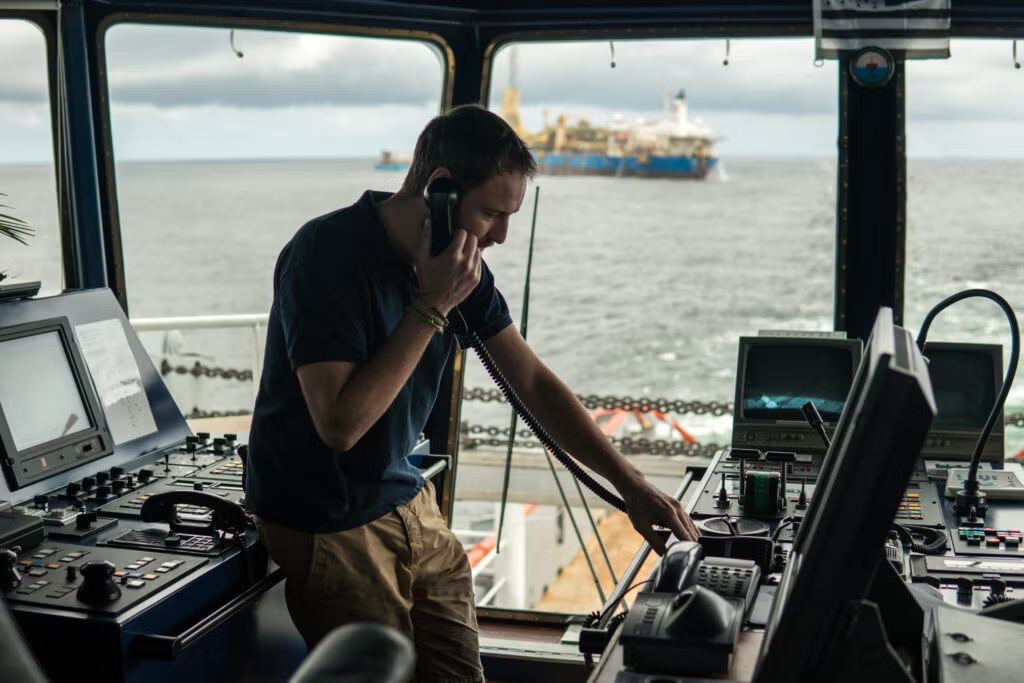
Navigating Time Zones and Traditions on Transoceanic Voyages
For seasoned travelers and first-time cruisers alike, embarking on a transoceanic voyage is a unique opportunity to experience the romance of the open sea, explore diverse cultures, and recalibrate one’s internal clock—literally and figuratively. Among the many wonders of such long-haul cruises, from the slow unfolding of endless horizons to the evolving onboard routines, one of the most underrated but impactful aspects is the navigation of time zones and the blending of global traditions.
Unlike regional cruises where the time zone remains relatively stable, transoceanic journeys often involve crossing multiple longitudinal lines. Each new zone subtly reshapes the rhythm of life aboard the ship. Whether sailing westward toward the Americas or eastward toward Europe or Asia, passengers aboard these ships will find themselves experiencing days that are slightly longer or shorter than 24 hours, depending on the direction of travel. This incremental shift isn’t just a matter of adjusting a wristwatch—it affects everything from sleep patterns to dining schedules and onboard activities.
Take, for example, Transatlantic cruises—one of the most classic forms of transoceanic travel. A voyage from Europe to North America typically involves setting the clock back an hour every couple of days. This gradual transition helps ease passengers into their new time zone more comfortably than a jarring six-hour leap on a plane. However, while the shift might be more humane, it still requires mindful adjustment. The ship’s crew often posts daily reminders of time changes, and some cruise lines even announce them with a touch of humor during dinner service or evening entertainment.
Despite modern technology making it easy to track time, travelers often report a pleasantly disorienting sense of timelessness on these long cruises. Without the rigid structure of daily work or external commitments, the changing of the clock becomes more symbolic than practical. It’s an invitation to let go of the ordinary and embrace the fluid rhythm of the sea.
Onboard traditions also play a significant role in creating a sense of continuity and culture amid all the changes. Transoceanic cruises often last two weeks or more, allowing ample time for the ship to cultivate a floating community. These extended itineraries provide a canvas for deeper immersion in maritime rituals and international celebrations.
One cherished maritime tradition that guests frequently encounter is the “crossing the line” ceremony, held when the ship crosses the equator. Though less common on Transatlantic routes, variations of this tradition can be found on other long-haul journeys and involve a playful initiation of passengers who are making their first crossing, sometimes with the help of a costumed King Neptune and his court. These ceremonies create shared memories and offer a whimsical nod to seafaring history.
Cultural nights are another highlight of transoceanic travel. With so many days at sea, cruise lines often use this time to highlight the customs, cuisine, and music of the ports of call. On a voyage from Europe to South America, for example, passengers might be treated to flamenco performances, Argentine tango lessons, or Brazilian feijoada feasts. These events not only enrich the cruise experience but also help travelers connect emotionally with the places they’ll soon visit—or have just left behind.
Dining itself becomes a cultural journey, often reflecting the itinerary. As the ship moves across oceans, menus subtly shift to incorporate regional flavors and local ingredients, creating a culinary map of the voyage. A Transatlantic cruise might start with Mediterranean-inspired fare in Spain or Italy and gradually introduce American classics as it nears the East Coast of the United States. This thoughtful progression enhances the feeling of travel not just across geography, but across taste and time.
Another unique feature of transoceanic cruises is the opportunity for deeper personal engagement. The extended number of sea days—those when the ship is not in port—fosters a slower, more reflective pace. Many cruise lines offer enrichment programs during these days, ranging from guest lectures and language classes to art workshops and stargazing sessions. Travelers can take a photography class in the morning, learn about Viking navigation at midday, and attend a jazz concert after dinner—all without leaving the ship.
Because there is more time to settle in, friendships tend to flourish in a way that’s less common on shorter itineraries. Dining room conversations evolve beyond polite introductions, and fellow travelers become familiar faces during trivia games, fitness classes, or sunset cocktails on deck. This social continuity is one of the most beloved aspects of transoceanic cruising, especially for solo travelers or retirees seeking camaraderie along the way.
Adapting to time zone changes and embracing global traditions doesn’t just add charm to the voyage—it also serves as a microcosm of travel itself. It’s a reminder that to truly experience the world, one must be willing to step outside familiar patterns, engage with new rituals, and accept the fluidity of time and place. Long ocean crossings offer a rare pause in modern life, where the destination is only part of the reward. The true treasure often lies in the journey itself—slow, deliberate, and rich with unexpected moments.
As you prepare for your next transoceanic adventure, whether it’s a serene Pacific crossing or a storied Transatlantic passage, remember to pack not just your passport and swimwear, but also a flexible mindset and a curious spirit. Time may shift, and traditions may vary, but the joy of discovery remains constant.
